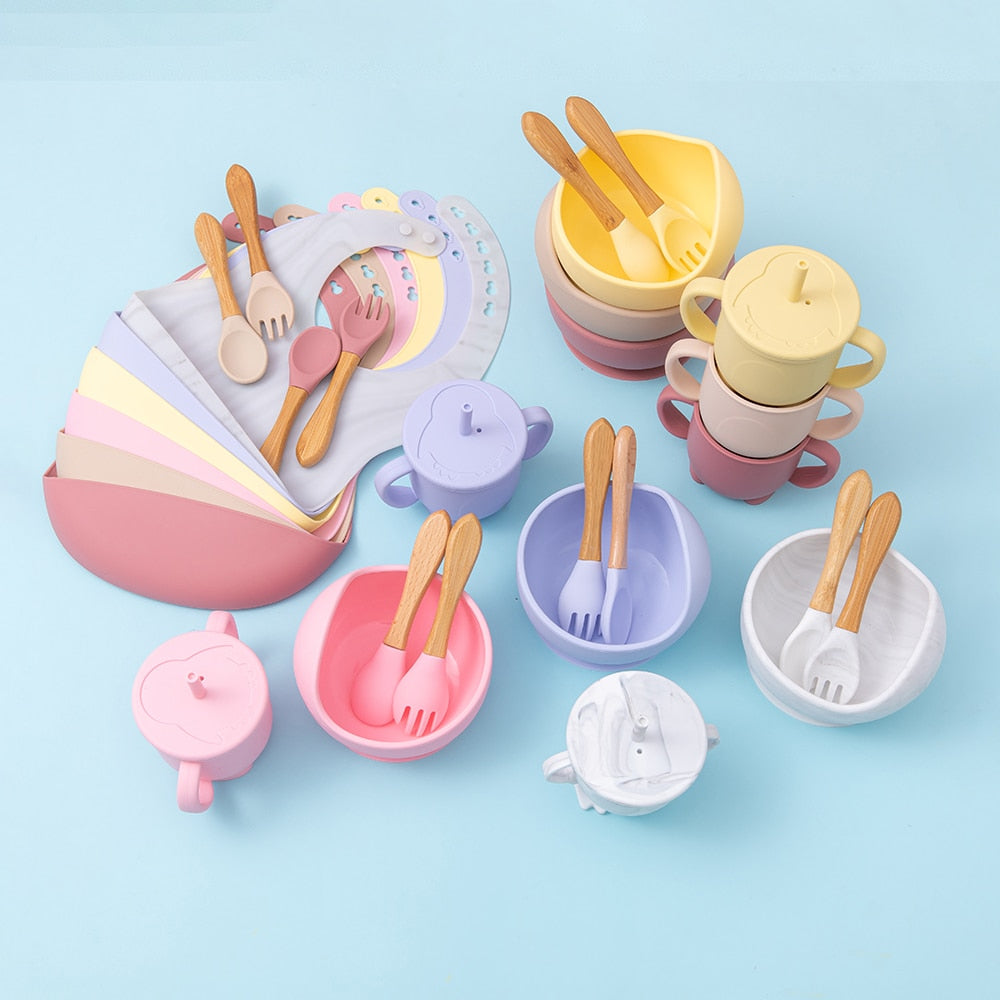
Feeding Tips Every New Parent should Know
When your baby reaches six months old, you may decide that you would like to start weaning them onto solid food.
Weaning can be an exciting time as your baby goes on a journey of discovery, sampling flavours and textures they’ve never experienced before.
Most health providers recommend that babies should not be fed anything other than breast milk for the first six months of their life.
If you’re planning on starting the weaning process, these products could be just what you need to help you along the way.
STERILISERS
During your baby’s first year it is essential to sterilise equipment, as this helps to kill bacteria, and will help to protect your baby against infections.
There are a few different methods that can be used to sterilise your baby’s feeding equipment:
Steam Sterilisers:
Electric sterilisers and microwave sterilisers both use steam to sterilise baby feeding equipment. Steam sterilisers do not require any additional chemicals to work. Depending on which steriliser you purchase, items may stay sterile inside the steriliser for up to 24 hours, as long as you don’t open the lid.
Cold Water Method:
The cold-water method uses sterilising tablets or sterilising fluid mixed with water to create a sterilising solution. When using this method make sure that your baby’s feeding equipment is fully covered by the solution, and they don’t have any air bubbles in them.
The feeding equipment should be left in the cold-water sterilising solution for at least 30 minutes. The sterilising solution should be changed every 24 hours.
Boiling Water:
If you choose to sterilise using a pan of boiling water, it is vital to make sure that the items you want to sterilise are safe to be boiled. The items must stay fully immersed below the surface of the boiling water, and should be boiled for at least 10 minutes. Make sure the items don’t stay in the boiling water too long, and take care to avoid scalds and burns when sterilising with boiling water.
Don’t forget to inspect your feeding equipment regularly, as the boiling water method may cause items to become damaged more quickly.
TRAVEL STERILISING EQUIPMENT
All of the above sterilising methods are great when you’re at home, but what about when you’re on the go? Luckily, there are a whole range of products out there that can keep your baby equipment sterile when you’re away from home:
Steriliser Bags
These handy little bags simply need to be filled with cold water and then popped in a microwave, your baby’s feeding equipment will be sterile in no time at all.
Single Unit Sterilisers
These compact sterilisers can usually be used for both cold water and microwave sterilising, and due to their small size fit perfectly inside your changing bag.
BIBS
When weaning starts there’s one thing to be sure of – things are about to get messy! Thank goodness for bibs, but which one should you choose? Soft cotton bibs are great for gently wiping your baby’s face while they’re eating. If you find that your baby’s food seems to seep through a cotton bib onto their clothing, a bib with a plastic backing can be a great alternative.
If you’re using a baby-led weaning method you may want to invest in a coverall bib that has sleeves, this will prevent staining on your baby’s clothing particularly around the cuffs. As your baby grows, you may find a plastic bib with a crumb catcher useful for those ‘missed mouth’ moments.
Breastfeeding or formula-feeding, When it comes to stocking up on new born feeding essentials, there are some basic supplies you’ll want to have on hand no matter which you decide to do. Here’s a rundown of the feeding supplies you’ll need for baby.
Even if you’re planning to breastfeed, you’ll want to keep bottles and nipples on hand for pumping. This will give your partner a chance to feed and bond with baby—and give you a little break!
10-16 bottles and nipples, both four and eight ounce (If fed only by bottle, baby will go through about 10 of the 4-ounce size bottles per day)
Liners, for disposable bottles
Bottle warmer (Cuts down on night-time trips to and from the kitchen)
Bottle sterilizer (If your dishwasher doesn’t have one)
Bottle brush
Dishwasher basket for small items
4-8 bibs
Burp cloths
High chair
2-4 pacifiers
Formula (If not nursing)
For nursing moms:
1-3 nursing bras (Breasts swell following birth, so start with one size larger than your maternity bra. Wait until your size settles down—about two weeks after birth—to buy more bras.)
Nursing pads
Nipple cream
Nursing pillow
Pump (Even if you plan only to nurse, a pump will let you create a supply of milk for baby when you’re not there)
Milk storage bags

Comments
Leave a comment